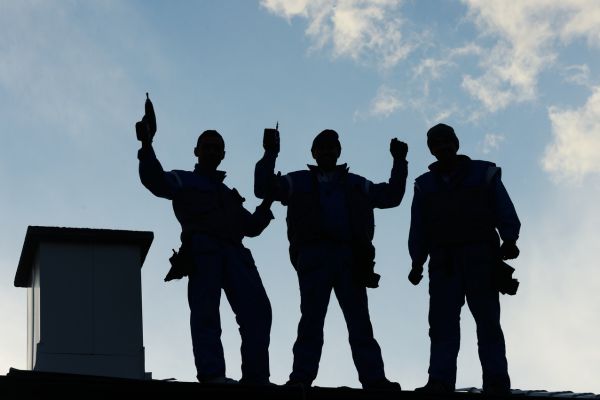In the lush landscapes of the Philippines, maintaining vibrant greenery year-round is a challenge. The tropical climate, characterized by high temperatures and heavy rainfall, poses obstacles for natural grass to thrive. However, with the advent of artificial grass, homeowners and businesses are discovering a solution that not only retains the beauty of green landscapes but also offers numerous benefits in sustainability and aesthetics.
The Climate Challenge in the Philippines
The Philippines’ climate is renowned for its warmth and humidity, making it conducive to a wide array of plant life. However, this same climate can be harsh on natural grass, leading to issues such as browning, wilting, and susceptibility to pests and diseases. Moreover, the country’s water-stressed environment exacerbates the challenge of maintaining lush lawns, as regular watering becomes a luxury that many cannot afford.
Benefits of Artificial Grass in the Philippines
Artificial grass presents a compelling solution to the challenges posed by the Philippine climate. One of its primary advantages is its low maintenance requirements. Unlike natural grass, which demands regular mowing, watering, and fertilizing, fake grass requires minimal upkeep, saving both time and resources. Additionally, its durability ensures that it remains vibrant and resilient in the face of tropical weather conditions, including heavy rainfall and intense sunlight.
Features of Artificial Grass
What sets artificial grass apart is not just its aesthetic appeal but also its practical features. Engineered with UV-defending properties, fake grass maintains its vibrant green color even under the relentless Philippine sun. Moreover, it is lead-free and non-toxic, ensuring the safety of both humans and pets. Available in various roll sizes, artificial grass can be tailored to fit any space, whether it’s a small backyard or a sprawling commercial property.
Environmental Considerations
Beyond its practical benefits, fake grass philippines also contributes to environmental sustainability. By eliminating the need for pesticides, fertilizers, and excessive water usage, it helps reduce the ecological footprint associated with traditional lawn maintenance. Furthermore, advancements in production techniques have made artificial grass more eco-friendly, with many manufacturers prioritizing recycling and sustainability initiatives.
Installation and Maintenance Tips
Installing artificial grass is a straightforward process that can be completed with minimal hassle. From preparing the base to securing the turf in place, a step-by-step guide ensures a successful installation. Once in place, maintaining fake grass is simple: occasional brushing and rinsing are all that’s needed to keep it looking its best.
Takeaway
As the demand for sustainable landscaping solutions continues to rise, artificial grass emerges as a frontrunner in the Philippines. Its ability to maintain vibrant greenery year-round, even in the face of challenging climatic conditions, makes it a compelling choice for homeowners and businesses alike. By embracing artificial grass, we can enjoy lush landscapes without compromising on sustainability or aesthetics.











